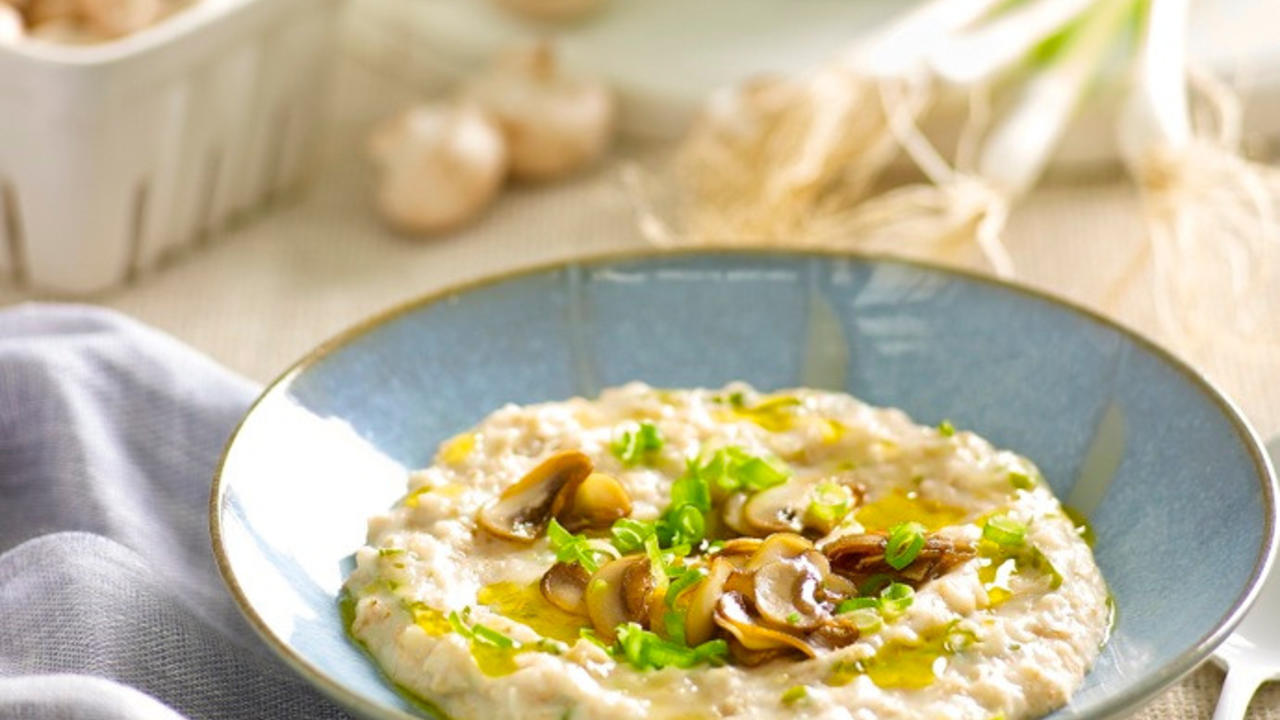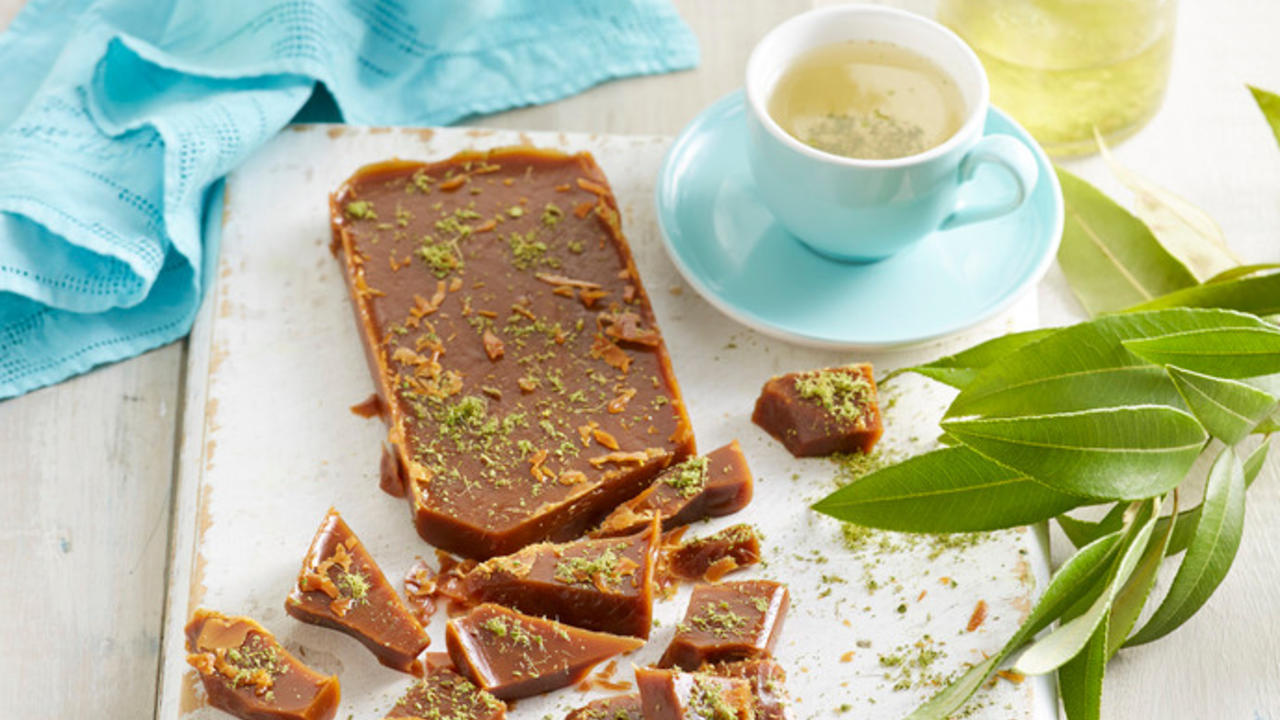Bone Broth Pops: Strawberry, Vanilla & Fingerlime

Ok, so I’ve been banging on about bone broth a lot lately (sorry). It’s just that I’ve been sitting on quite a few broth-based recipes from our What To Eat e-books and have been waiting for the warmer months to spring some of them on you (no pun intended)!
Did you catch last Summer’s hottest new trend? Bone broth popsicles. Yep – brothsicles! Aussies, it’s established terminology, so we’ll have to go along with the Americans on this one. ‘Broth block’ doesn’t have quite the same ring to it, anyway..
Recently, a New York City eatery made headlines with its fruit-flavoured brothsicles. According to the makers, they don’t taste meaty at all. (They claim that the bone broth flavour is ‘totally overwhelmed’ by the fruit and coconut milk they use). Lots of people love them, but clearly not everyone. A randomly selected child from the audience of one live television program described them as “something really disgusting”!
Now I can’t call myself a connoisseur of many things, but ice cream ...
Bone Broth: Your guide to the best bones

You’ve probably heard about bone broth by now. As of last year, its use as a health tonic is officially a phenomenon. And it’s easy to understand why. It’s an effective remedy for countless issues we seem to be plagued with in the 21st century! Poor immunity and gut health. Joint problems and tooth decay. And most importantly (apparently), premature aging of the skin.
And while most omnivores seem be adopting this new habit, something that’s not so clear to many, is which type of bones are the best to use. This post is a collection of my tips and advice around choosing bones for bone broth, taken from week 6 of my What To Eat program.
Which are the best types of bones for bone broth?
There’s no right or wrong when it comes to the types of bones to use for your broth. Different bones just offer different things. For example, marrow bones provide immune boosting fats that support fertility, growth and development in children and act as a potent healer for the sick.
Joint and knuckle...
Thermomix porridge recipe: a savoury twist

This supercharged, high-protein Thermomix porridge recipe is a crowd favourite. In fact, it’s probably my most popular to date. It’s even been featured on I Quit Sugar a few times.
The issue with standard porridge? It’s not a balanced meal. Which isn’t so great for breakfast, because it means you’re hungry again within an hour or two. No matter how you adorn it, regular porridge is extremely high in carbohydrates and low in protein.
Now, I’m not going to deny anyone a delicious bowl of porridge with cream and a lick of maple syrup from time to time. (Soul food is an important food group!) However on a day-to-day basis, a balanced breakfast – with a good amount of quality protein and fat – is the key to happier, more productive mornings. For both adults and kids alike.
So, what’s the answer, fellow porridge lovers?
As usual, I look to traditional cultures for inspiration. Most of them consume grains in the form of porridge, just as we do. But there are two distinct differences in...
Thermomix Recipe: Healthy Marrow Butter

This Thermomix recipe is one with tremendous health benefits, thanks to its star ingredient: bone marrow.
Revered by traditional cultures as a medicinal food for fertility, growth and development in children and as a potent healer for the sick, bone marrow is one of the richest sources of alkylglycerols or ‘AKG’s’, second only to human breast milk and shark liver oil.
And I’m confident neither of those ingredients are as accessible (for most) or delicious as this recipe – not that I’ve tasted either, recently!
What’s so good about AKG’s?
– They’re powerfully immune boosting and anti-inflammatory. This animal study found that on a dose for dose basis, they’re more effective than aspirin, more potent that phenylbutazone and equally as effective as hydrocortisone. Go nature!
– They may help with sperm health. This animal study found that they improve both fertility and motility via a mechanism that applies to all mammals. Perhaps this is why marrow was considered a fertility food?...
Lemon Myrtle, Honey & Crème Fraîche Caramels

This lemon myrtle recipe has taken far too long to perfect. I love making caramels but there are so many variables at the best of times, let alone when you’re introducing unrefined sugars and oily native leaves into the mix!
I’m happy to say, it’s now ‘perfect’ enough for the blog – although I’m sure there will be updates and I’d love your feedback if it doesn’t turn out perfectly for you.
Now so I don’t get carried away waxing lyrical about how much I adore lemon myrtle, I’m going to save the endless nutritional benefits for another lengthy essay, because this post is about indulgence. There are far healthier ways to enjoy the benefits of lemon myrtle. Caramels (in strict moderation of course), are simply good for the soul. So let’s have a closer look at our star ingredients.
Unrefined sugars
When you’re choosing sugars to make good caramel, the heavily refined versions are much, much easier to work with as they result in a smoother texture. But who wants to sacrifice all those...
DIY Vitamin C Powder: how to make your own supplement

Vitamin C supplementation is a very controversial topic. The literature is divided and even perusing the internet, you’ll quickly discover three predominant theories in terms of source, dosage and whether supplementing is warranted. I’ll simplify them for you:
Theory 1 (popular in the blogosphere):
“Ascorbic acid is synthetic, made from GMO’s and should be avoided at all cost. Only ‘natural’ vitamin C or ‘complex’ should be taken.”
Theory 2 (usually clinicians and researchers):
“Regardless of whether it’s derived from synthetic or natural sources, the active part of vitamin C is the same molecule and can be used safely in larger doses than current recommendations suggest. There are non-GMO products available.”
Theory 3 (spokespeople for industries selling patentable treatments):
“Supplementation has minimal benefit. The work of Dr’s Pauling, Hickey, Levy, Roberts and Klenner are irrelevant and warrant no further interest.”
Whilst the jury is still out on some points (and I’m not g...
